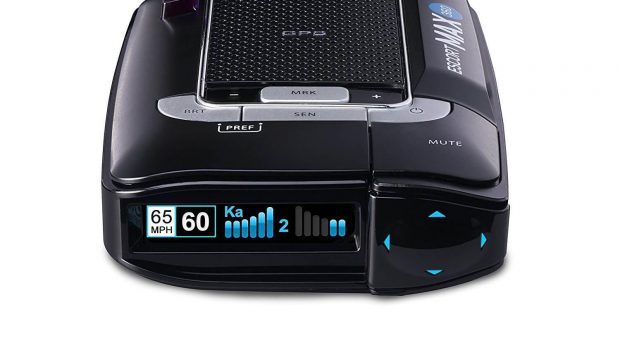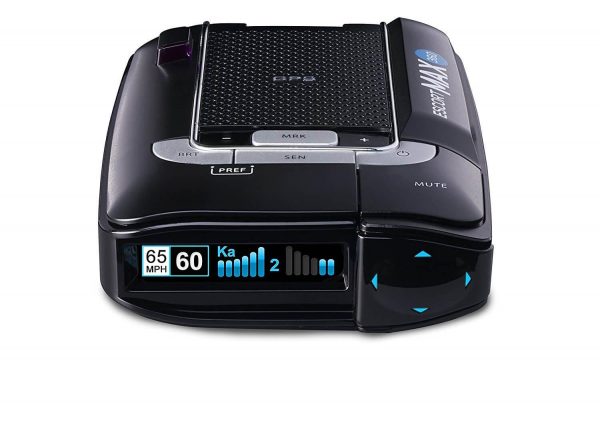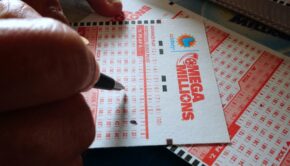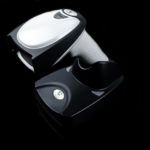How To Avoid Speeding Tickets With 6 Simple Tricks
A speeding ticket represents a hefty expense for several reasons. First of all, you have the fine which can go from $150 to $300 – note that the upper limit is basically the price of a radar detector – and even higher, depending on the severity of the excess speed. Secondly, you have the court fees, which in the event that you want to contest the fine, are also pretty substantial.
Thirdly, the penalty points adding up on your record will eventually determine the court to mandate taking defensive driving courses, at your expense. Lastly, each ticket bumps up the value of your automobile insurance premium. In the light of these facts, it is evident that every driver would prefer avoiding the fine at all costs.
1. Investing in a high quality radar/laser detector
Statistically speaking, over 75% of speed related fines are “awarded” to drivers based on the readings of radar/LIDAR speed guns. Therefore, if you are not packing a detector, then the odds are definitely against you. But while you could take the low road and get at least some protection by purchasing say, a K-Mart discount radar detector, you aren’t really shifting the balance of power in your favor.
High-end radar detectors that also integrate LIDAR (the more advanced infrared version of the Ka/K radio wave radars) detection can be regarded as the only units that give drivers a fighting chance against the state of the art speed guns.
2. Operating your laser detector correctly and boosting its capabilities
Mounting the radar and laser detector in the lower part of the windshield, understanding the effective range of the unit and its limitations under your current driving conditions, opting for a darker matte color for your vehicles and coating reflective surfaces with non-reflective painting are just a few of the tricks you can employ. These factors may limit the detection range for radar/LIDAR speed guns, thus allowing your laser detector to read the signals and notify you in time.
3. Always drive within the pack to avoid instant-on targeting
Instant-on targeting is the bane of all detectors, be them laser or radar, because the unit has no time to alert the driver. Since the speed gun is turned off, it doesn’t emit any signal and that means your laser detector cannot track it.
Once the patrol is in your proximity, the officer will target you and get the speed reading instantaneously. What you can do is avoid becoming the best target for the patrol with the best radar detector on the market. In order to do so, sticking to the middle of a speeding pack of cars is ideal, because whether the patrol is moving or static, they inadvertently tend to lock onto the first and last couple of cars. Since they are not targeting you, the radar and laser detect you has plenty of time to detect the infrared beam/radio waves, offering you several seconds to match the speed with the enforced limit.
4. Learn about the typical spots and the vehicles commonly used for speed traps
Trapster and Escort Live are only two of the GPS-based applications that can show drivers the approximate position of the speed traps in real time, but there are hundreds more available free of charge. These top radar detector under 200$ allow you to determine the frequent checkpoints and adapt your car’s speed accordingly even before the radar and laser detector alerts you.
Furthermore, keeping track of the vehicles utilized by the police in your area – for example, the dreaded Crown Vic, Chevy Impala or Dodge Charger – and learning how to spot them on the road could give you more time to react. However, don’t forget that patrols also utilize less conspicuous unmarked vehicles, such as delivery vans and even seemingly abandoned tractors on the side of the road for radar locations.
5. Play it cool after the sun goes down
After sunset, the tracking equipment of the police – especially the LIDAR – becomes all the more effective whereas the sensitivity of your laser detector decreases. That is why you should not tempt the gods once the sun goes down. At the same time, you will have less time to notice a typical police automobile in time and the last thing you’ll hear before being pulled over is the startled shriek of your detector.
6. The speed lane is the often the worst place to be
You can take a wild guess regarding the lane that is most frequently targeted by the police patrols. After all, the name of the lane itself suggest that it constitutes the best place to catch speeding drivers. Driving on the fast lane for short periods in road sections where there are no known speed traps may be ok, but don’t overdo it.
Conclusion
With the number of speeding tickets handed by the police this year and the informal “+10 mph” tolerance no longer applying, motorists should take all the preemptive steps to ensure that their record stays clean as a whistle.
While exceeding the speed limit is in itself dangerous and reckless driving causes hundreds of thousands of accidents every year, you can stay away from penalties given for minor – to be read less than 10 mph – felonies by adhering to the rules mentioned in this guide.
On a side note, let’s not forget that owning a radar and laser detector also plays the role of alerting the driver regarding the proximity of the authorities, which is a pretty strong incentive for driving more carefully and could prevent potential accidents.
















